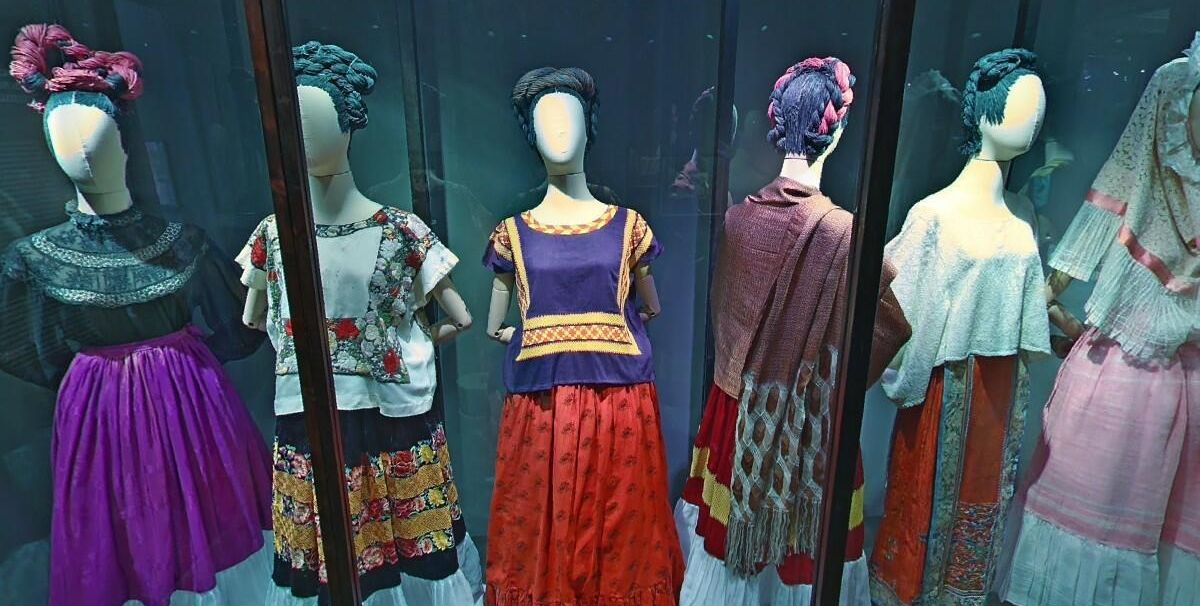Digital giant Google has partnered with 180 institutions, schools and archives around the world for a new online project focusing on the history of fashion. We Wear Culture, which launched on the Google Arts & Culture website and mobile apps looks at “how fashion is stitched into the fabric of our societies”, according to a press release.
"We live in a world were there's a divide between high culture and popular culture and we believe there really is no division," said Amit Sood, the director of Google's Cultural Institute, at a launch of the project at the Metropolitan Museum in New York on Thursday. He explained that the fashion platform developed through Google's work with museums digitising their collections and discovering there were connections to be drawn between arts and culture. The We Wear Culture platform, which Sood describes as "a rabbit hole", follows these relationships through different routes. "You don't have to have one pathway to experience culture, you can have many."
There are more than 450 exhibitions and tours of important fashion and decorative art collections on the platform, from the story of the Silk Road, told through objects from the China National Silk Museum in Hangzhou, to Elsa Schiaparelli’s relationship with Surrealism, related through pieces from the Victoria and Albert Museum in London. Google has also produced 360-degree virtual reality films that dive deep into the history of specific objects, like Coco Chanel's 1925 little black dress from the Musée des Arts Décoratifs in Paris.
Some stories offer a more practical view behind the glamour, including a look inside the TextilTechnikum in Mönchengladbach, Germany, which houses a historic collection of spinning and weaving machines that span hundreds of years, and peek into the Costume Institute's Conservation Lab at the Metropolitan Museum. And with Google’s Street View, users can virtually visit “the places where fashion comes alive”, such as the Château de Versailles, Florence’s Palazzo Pitti, Tokyo’s Bunka Fashion College, and Mexico City’s Museo Frida Kahlo, where the artist’s creative clothing is on view to the public after spending more than 50 years locked up in storage—under the orders of her husband Diego Rivera.


